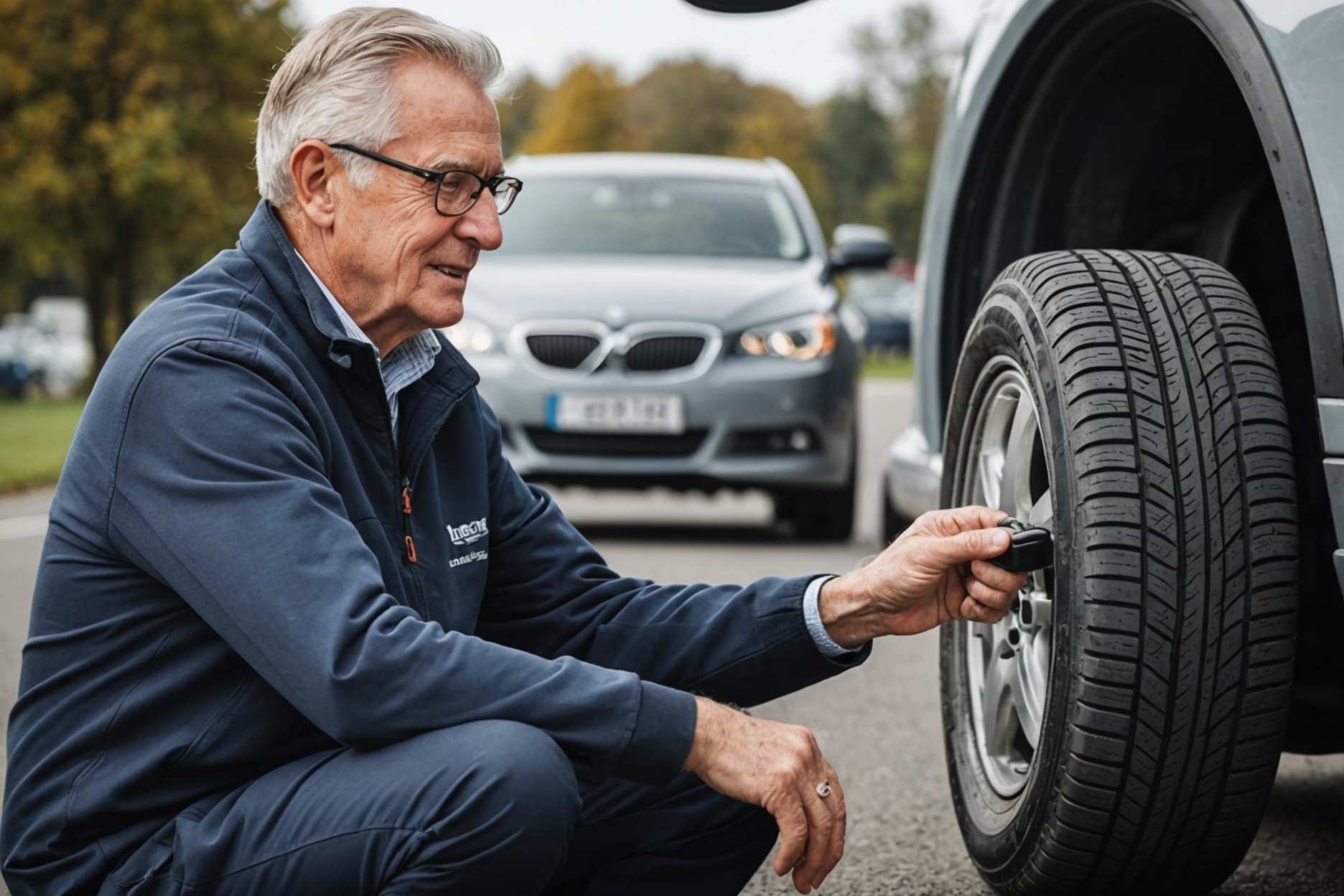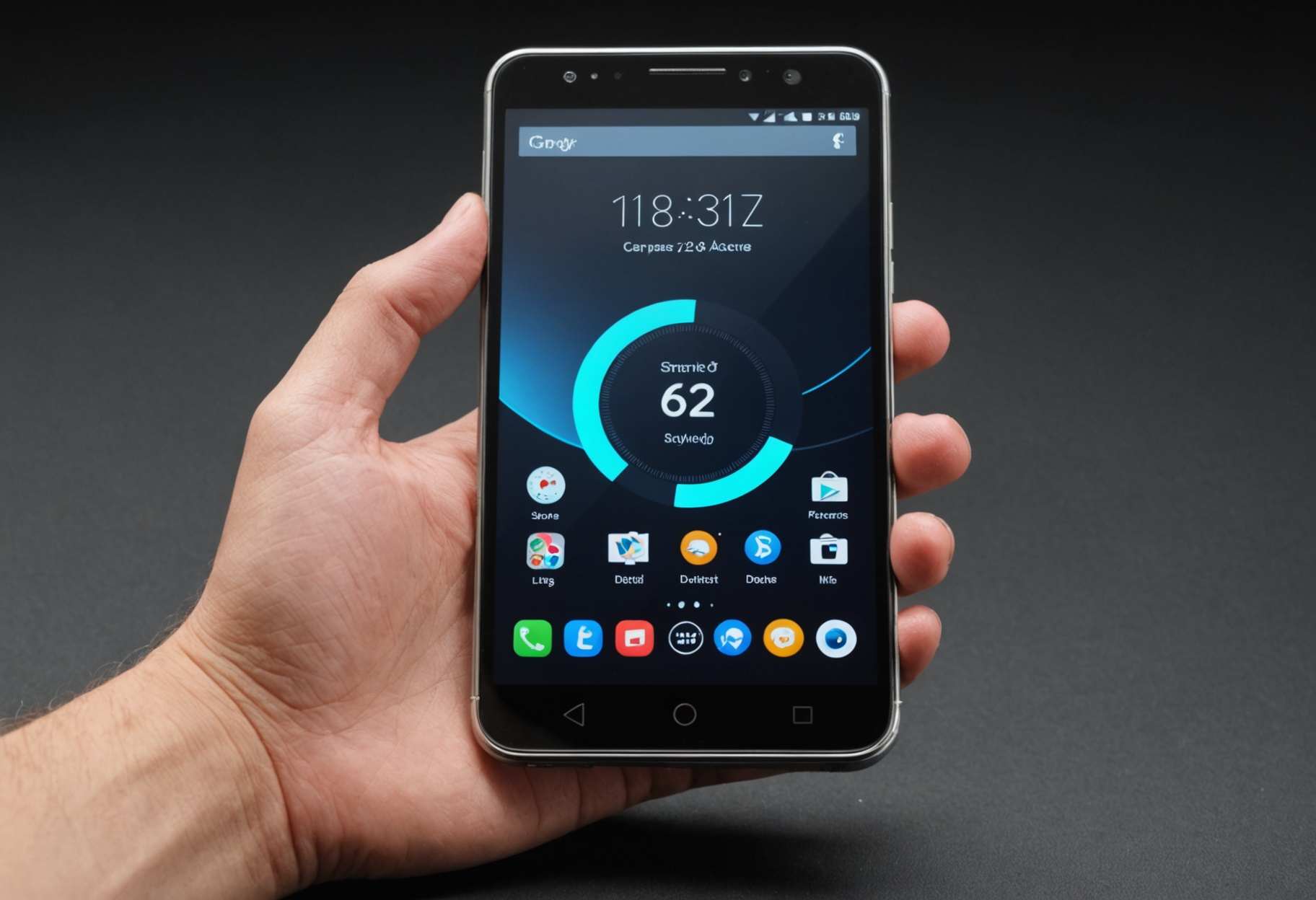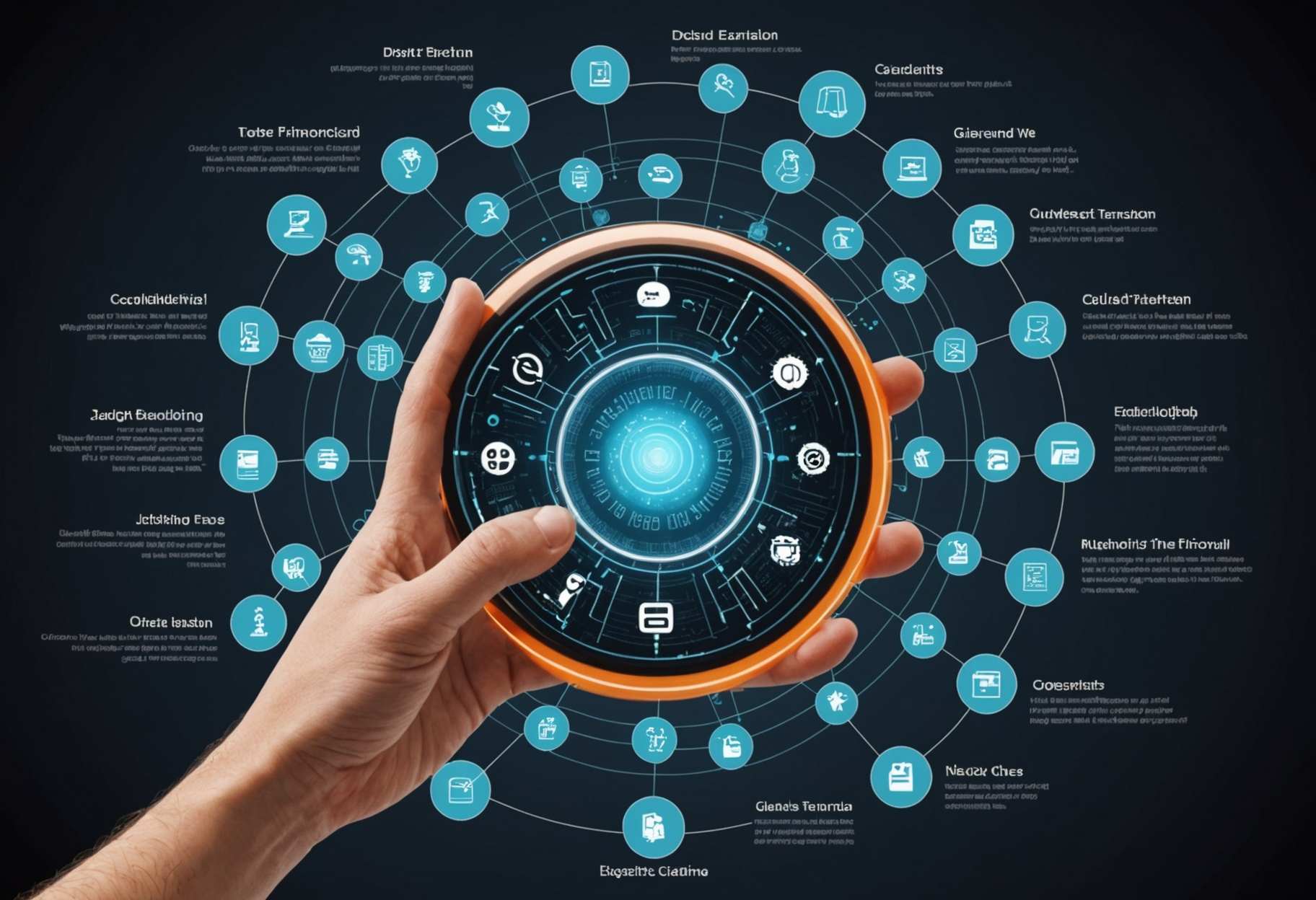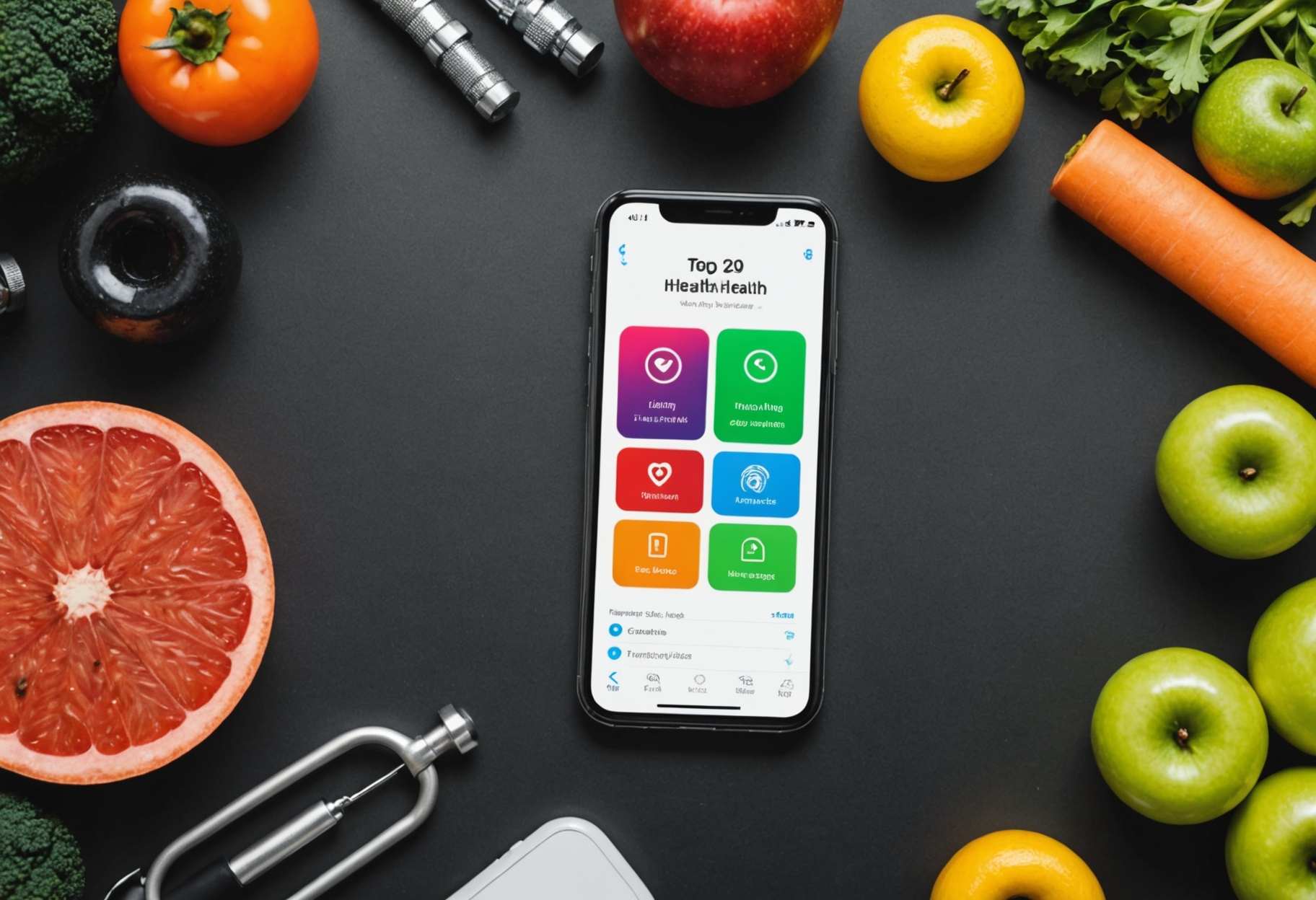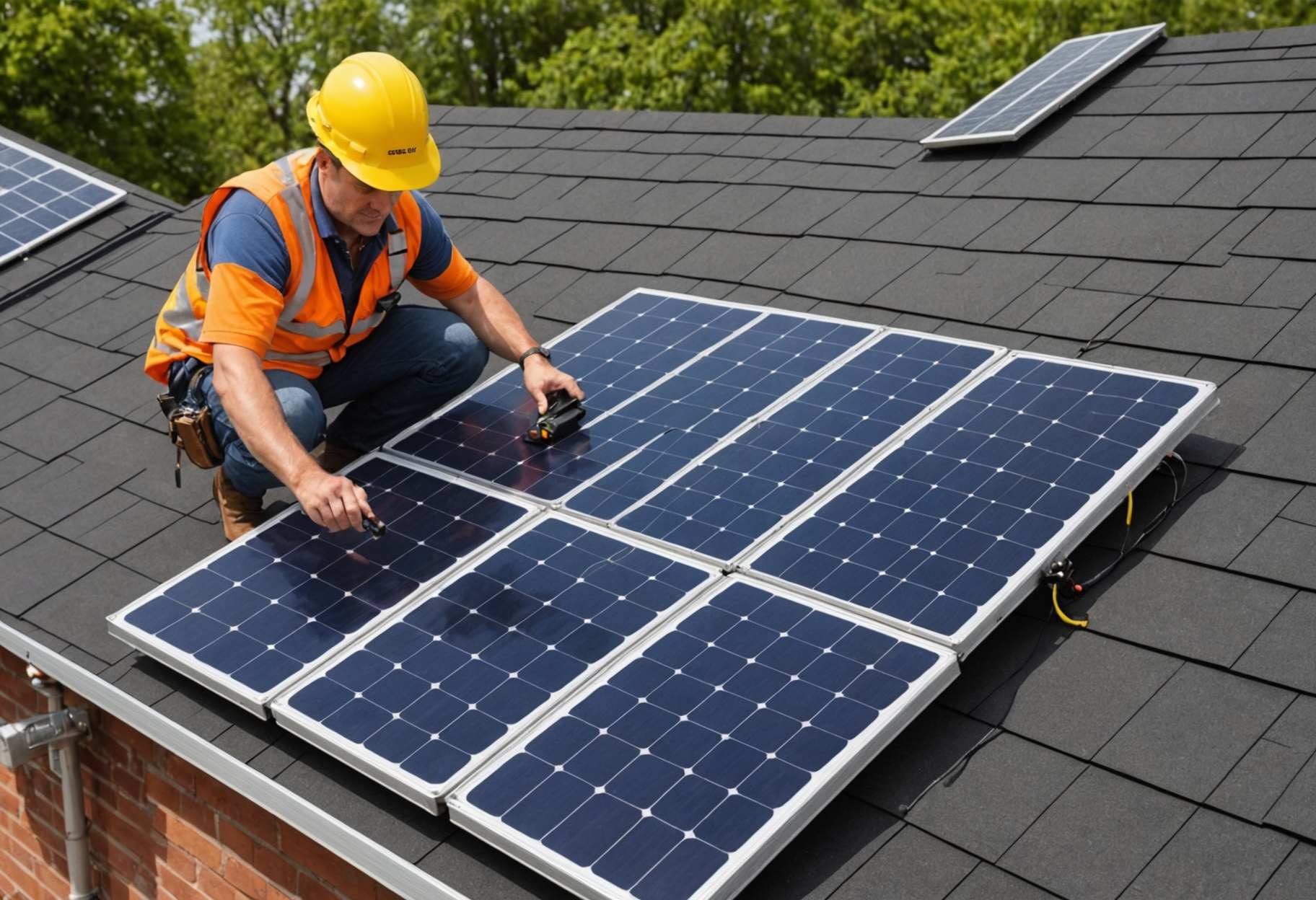Reducing Risks Associated with Extended Sitting
If you've already started experiencing issues from sitting too much, what can be actively done to mitigate the harms? Three activities are suggested here.
Category 1: Add more active stretches
People with desk-bound lifestyles commonly suffer a triad of neck, lower back or hip pain —forerunner syndromes to cervical spondylosis and slipped disk. This happens because when the muscles, joints and spine are held in fixed postures for long durations those that stabilize begin to grow tense all the time. Basic stretching reduces muscle tightness, helps relieve hypertonicity and prevents compensatory injury.
Either at workplace stretches can be done, or using tools like a fascia ball and foam roller for massaging these muscle groups which are crucial to seated postures:
- Shoulder
- Upper & Lower Back
- Glute
- Rear Thigh
Definitions:
- Fascia and Its Components: Glide, Elasticity
- Muscles: Stretching, Resisting
- Joints: Mobility and flexibility
- Tools: Fascia balls, Foam rollers, Resistance bands, Yoga mats
- Bodyweight Movements:
- Neck extensions
- Overhead reaches
- Lateral bends
- Twist stretches
- Posterior stretch
- Hip flexor stretches
Category 2: Target Smaller Muscles
To prevent sedentary damage in your one-square-meter workspace, perform exercises for small muscle groups like heel raises (raise your heels while keeping your forefeet on the floor).
An experiment gathered 10 inactive individuals—5 males, 5 females—who sat for an average of 10.7 hours daily and performed soleus raises (heel lifts). The findings revealed:
- Cumulative 270 minutes of raise doubled the energy expenditure.
- Systemic metabolism significantly increased with local muscle training.
Category 3: Increase Cardiorespiratory Fitness
According to WHO Guidelines on activity & sedentary behaviour, sitting for prolonged periods must be countered with more intense exercise. Quick high-intensity interval training (HIIT) like jumping jacks or high knees—done on the spot to rapidly increase heart rates—are best suited.
How it works: HIIT induces mitochondrial genesis and vascular adaptation, opposing metabolic inflexibility of sedentary behaviour.
Office protocol:
- Do maximum effort for 30 seconds (e.g., jumping jacks), then rest 1 minute.
- Perform 5–8 reps to induce metabolic “afterburn” effect.
In summation, turn static workspaces into zones of metabolic reactivation via micro-movements using passive recovery (stretching) and active energy expenditure (muscle activation, HIIT). No need for a gym membership.
LATEST POSTS
- 1
 Tire Brands for Senior Drivers: Guaranteeing Security and Solace
Tire Brands for Senior Drivers: Guaranteeing Security and Solace - 2
 Viable Monetary Tips to Advance Your Monetary Circumstance
Viable Monetary Tips to Advance Your Monetary Circumstance - 3
 Mechanical Sidekick d: A Survey of \Elements and Execution d\ Cell phone
Mechanical Sidekick d: A Survey of \Elements and Execution d\ Cell phone - 4
 Top 10 Arising Advances That Will Shape What's in store
Top 10 Arising Advances That Will Shape What's in store - 5
 Figure out How to Keep up with Oral Wellbeing During Pregnancy
Figure out How to Keep up with Oral Wellbeing During Pregnancy
Share this article
 Top 20 Wellbeing and Wellness Applications for a Sound Way of life
Top 20 Wellbeing and Wellness Applications for a Sound Way of life Figure out How to Introduce Sunlight powered chargers on Your Rooftop securely
Figure out How to Introduce Sunlight powered chargers on Your Rooftop securely Tech Patterns 2023: 12 Advancements to Keep an eye Out For
Tech Patterns 2023: 12 Advancements to Keep an eye Out For The Ascent of Robots: Occupations That Man-made brainpower Might Dispense with
The Ascent of Robots: Occupations That Man-made brainpower Might Dispense with 5 Pizza Fixings That Characterize Your Character
5 Pizza Fixings That Characterize Your Character Putting resources into Yourself: Self-awareness Techniques
Putting resources into Yourself: Self-awareness Techniques Top Breakfast Food: What's Your Morning Enjoyment?
Top Breakfast Food: What's Your Morning Enjoyment? 10 Famous Frozen yogurt Flavors All over The Planet
10 Famous Frozen yogurt Flavors All over The Planet Vote In favor of Your #1 Electric Vehicles
Vote In favor of Your #1 Electric Vehicles
